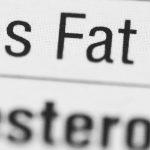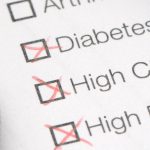The dangers of high cholesterol levels and how they could potentially lead to serious conditions such as heart attacks, strokes, is often highlighted. However, can cholesterol levels be too low? Are there any potential dangers to low cholesterol levels?
Is it possible for cholesterol to be too low?
Yes, Cholesterol is a crucial substance for the body, playing a key role in various physiological functions. While high cholesterol levels are commonly associated with health risks, the idea of cholesterol being too low might raise concerns.
Understanding the importance of cholesterol
Cholesterol is vital for the following:
- Cell membrane structure
- Hormone production
- Synthesis of vitamin D
What is a healthy cholesterol level?
Your total cholesterol level is the sum of your LDL (bad) cholesterol, HDL (good) cholesterol and VLDL (very low-density lipoprotein) cholesterol.
- Total cholesterol: Less than 200 mg/dL
- LDL (bad) cholesterol: Less than 100 mg/dL
- HDL (good) cholesterol: Men: 40 mg/dL or higher, women: 50 mg/dL or higher
- Triglycerides: Less than 150 mg/dL
Is a cholesterol level of 6.6 high?
A cholesterol level of 6.6 mg/dL is considered borderline high. This means that your LDL (bad) cholesterol level is close to being too high. If your LDL cholesterol level is 100 mg/dL or higher, you are at increased risk of heart disease.
Monitoring your cholesterol and triglyceride levels
Are you concerned about your cholesterol levels being too high or too low? Monitoring your cholesterol and triglyceride levels has become more convenient than ever. DocHQ’s Cholesterol Check offers a user-friendly and accessible way to check your cholesterol levels. All you need to do is collect a blood sample using our finger prick test and then send the sample to one of our certified labs using pre-paid postage. In a few days, you will receive your detailed GP-verified online results with guidance and the next steps.



